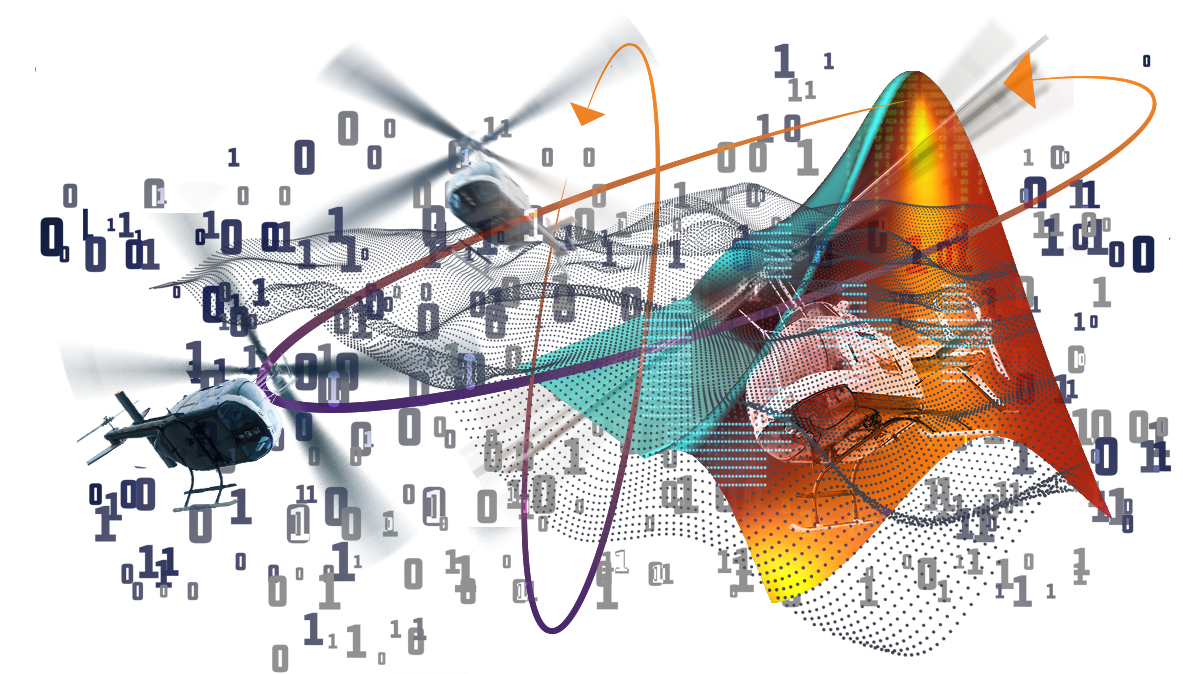

The rate saturation architecture proposed in this section is formulated as an add-on to an existing sequential loop closure based guidance and control framework. Two architectures are presented in this area to explicitly counter the effects of rate saturation within an output feedback MIMO adaptive control framework.Īdaptive Control of Hypersonic Vehicles in the Presence of Rate Limits Rate saturated actuators pose the risk of failing, rendering a control system unstable and creating pilot induced oscillations (PIO).
#MODEL BASED FLIGHT CONTROL SYSTEM UPDATE#
Building on the similarities in update laws and common concepts, new intersections and opportunities for improved algorithm analysis are provided.Īdaptive Control in the Presence of Rate SaturationĪctuator rate saturation nonlinearities are not often explicitly accounted for in the design of flight control systems. Concepts in stability, performance, and learning, common to both fields are then discussed. Starting from common output error formulations, similarities in update law modifications are examined.

This work demonstrates many immediate connections between adaptive control and optimization methods commonly employed in machine learning. These higher-order algorithms are also examined for achieving accelerated learning in adaptive control.Ĭonnections Between Adaptive Control and Optimization in Machine Learning This variational perspective includes, among other things, higher-order learning concepts and normalization, both of which stem from adaptive control, and allows stability to be established for dynamical machine learning problems. We develop a variational perspective within a continuous time algorithm. This work proposes algorithms for the case when time varying features are present, and demonstrates provable performance guarantees. The dynamic nature of these machine learning problems renders current accelerated gradient descent methods unstable or weakens their convergence guarantees. Several projects are ongoing in the area of flight control and analysis, and are listed below.Īccelerated Learning in the Presence of Time Varying Features with Applications to Machine Learning and Adaptive Controlįeatures in machine learning problems are often time varying and may be related to outputs in an algebraic or dynamical manner. The inevitable presence of uncertainties due to malfunctions, environmental variations, ageing, and modeling errors, requires this management to be adaptive. Autonomous functioning via real-time monitoring and information management is an attractive ingredient in the design of any complex system.


 0 kommentar(er)
0 kommentar(er)
